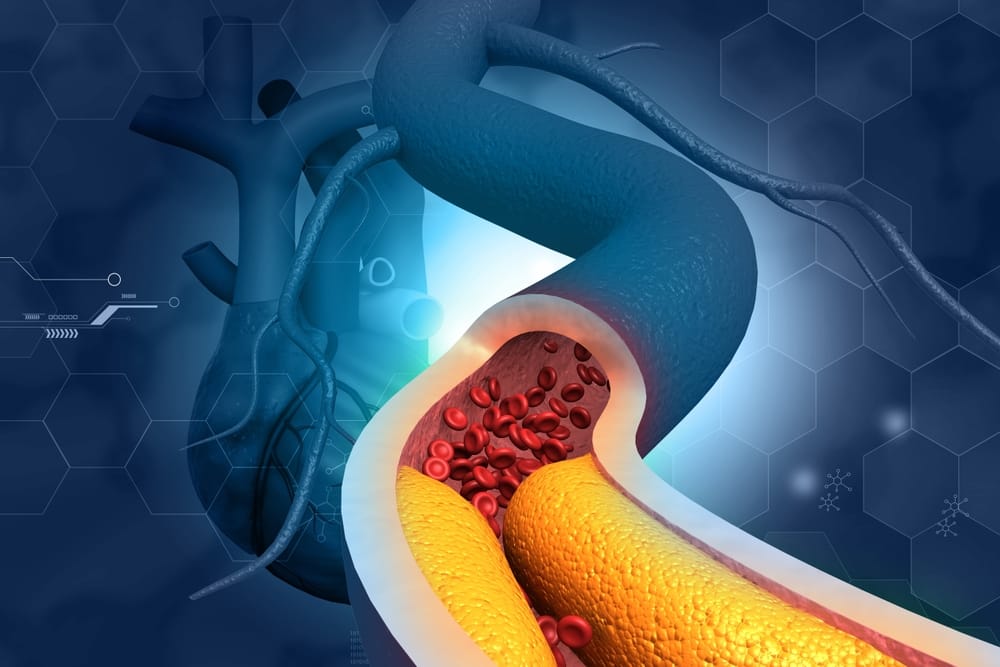Atherosclerosis, a condition characterized by the buildup of plaque in the arteries, poses significant health risks, including heart attacks and strokes. Emerging therapies are being researched to provide support for individuals with this condition, and one promising option is Pulsed Electromagnetic Field (PEMF) therapy. Although research is ongoing, PEMF therapy has shown potential in improving circulation, reducing inflammation, and promoting vascular health—key factors in managing atherosclerosis.

Understanding Atherosclerosis
Atherosclerosis, commonly known as coronary artery disease (CAD), occurs when the coronary arteries become obstructed due to plaque accumulation. This plaque, made up of cholesterol, fat, calcium, and other substances, narrows the arteries, limiting blood flow and depriving the heart muscle of essential oxygen and nutrients. Over time, this can lead to serious conditions such as:
- Angina: Chest pain caused by reduced blood flow to the heart.
- Stroke: Sudden loss of brain function due to impaired blood flow.
- Heart Attack: Occurs when blood flow to the heart is blocked.
- Heart Failure: A chronic condition where the heart does not pump effectively.
Key Features of Atherosclerosis
1. Plaque Buildup:
The formation of plaque begins with damage to the artery walls, often caused by high blood pressure, smoking, or high levels of cholesterol. This damage allows for the accumulation of fat, cholesterol, and calcium, eventually hardening and narrowing the arteries.
2. Risk Factors:
Understanding the risk factors is essential:
- Elevated levels of LDL (“bad”) cholesterol
- High blood pressure
- Increasing age
- Family history of cardiovascular disease
3. Commonly Affected Areas:
- Coronary Arteries: The main arteries supplying blood to the heart.
- Carotid Arteries: Affecting blood flow to the brain.
- Peripheral Arteries: Leading to pain and complications in the legs and feet.
- Renal Arteries: Impacting kidney function.
4. Symptoms:
Atherosclerosis can often develop silently, but when symptoms occur, they may include:
- Angina (chest pain)
- Claudication (leg pain while walking)
- Signs of stroke, such as sudden numbness and confusion.
The Role of PEMF Therapy

PEMF therapy is believed to provide several benefits for individuals with atherosclerosis:
1. Improved Circulation
PEMF therapy may stimulate the production of nitric oxide, a vital molecule that enhances blood flow and reduces inflammation. Improved circulation can increase the delivery of oxygen and nutrients to tissues, aiding in the reduction of atherosclerosis impact.
2. Inflammation Reduction
Chronic inflammation in the arteries is a significant factor in the progression of atherosclerosis. Research indicates that PEMF therapy may have anti-inflammatory effects, potentially helping to mitigate plaque buildup.
3. Vasodilation and Lower Blood Pressure
PEMF therapy is thought to promote vasodilation, which can lower blood pressure and alleviate the strain on the heart, potentially preventing further arterial damage.
4. Pain and Symptom Relief
Individuals suffering from atherosclerosis-related pain may find relief with PEMF therapy, as it can enhance blood flow and alleviate discomfort associated with conditions like claudication and angina.
Integrating PEMF Therapy into Your Health Regimen

To effectively incorporate PEMF therapy into your lifestyle, consider the following steps:
1. Establish a Consistent Routine
Consistency is crucial for maximizing the benefits of PEMF therapy. Aim for daily sessions lasting between 20-30 minutes.
2. Complement with Healthy Lifestyle Choices
Combine PEMF therapy with a heart-healthy diet, regular physical activity, and stress-reduction techniques such as yoga or meditation for optimal cardiovascular health.
3. Combine with Other Treatments
PEMF therapy can serve as a complementary approach alongside prescribed medications and therapies, offering a gentle and non-invasive option for managing atherosclerosis.
4. Monitor Progress
Keep track of your PEMF therapy sessions and any changes in symptoms or overall wellbeing. Regular check-ins with your healthcare provider to monitor key health metrics, including blood pressure and cholesterol levels, are also essential.
5. Consult Your Healthcare Provider
Before initiating any new therapy, particularly if you have atherosclerosis or other cardiovascular conditions, consult your doctor to ensure that PEMF therapy aligns with your overall treatment plan.
6. Safety Considerations
Individuals with implanted electronic devices, such as pacemakers or defibrillators, should generally avoid PEMF therapy due to the potential for interference with device function.
Conclusion
PEMF therapy offers promising potential benefits for individuals managing atherosclerosis. By enhancing circulation, reducing inflammation, and promoting vascular health, PEMF therapy could play a vital role in improving cardiovascular wellness. While additional research is required to fully confirm its efficacy, early studies and user feedback



0 Comments